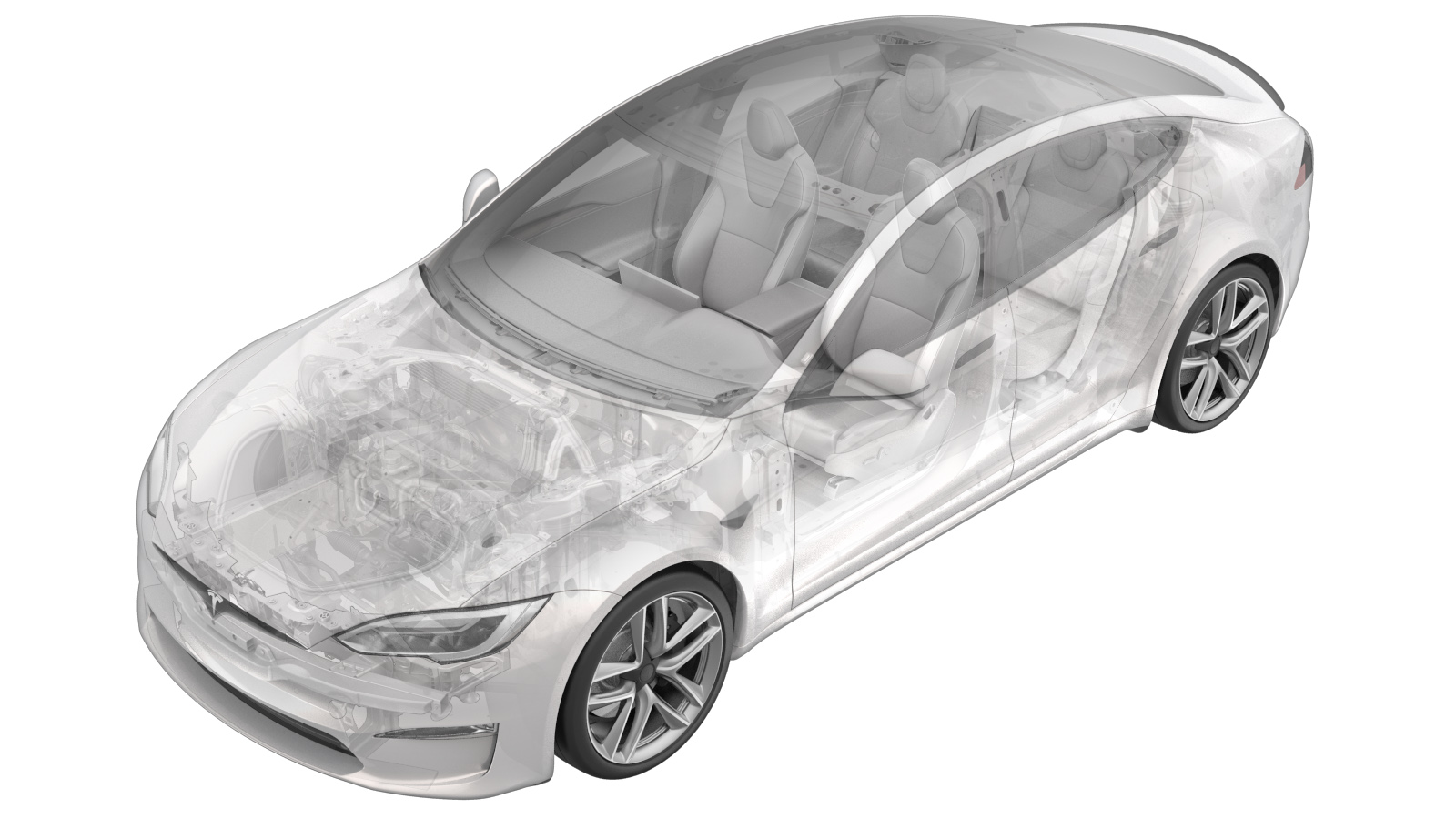Power Conversion System Coolant (Drain) (On Table)
 Correction code
16202000
NOTE: Unless otherwise explicitly
stated in the procedure, the above correction code and FRT reflect all of the work
required to perform this procedure, including the linked procedures. Do not stack correction codes unless
explicitly told to do so.
NOTE: See Flat Rate Times to learn
more about FRTs and how they are created. To provide feedback on FRT values, email ServiceManualFeedback@tesla.com.
NOTE: See Personal Protection to make sure proper PPE is worn when
performing the below
procedure.
Correction code
16202000
NOTE: Unless otherwise explicitly
stated in the procedure, the above correction code and FRT reflect all of the work
required to perform this procedure, including the linked procedures. Do not stack correction codes unless
explicitly told to do so.
NOTE: See Flat Rate Times to learn
more about FRTs and how they are created. To provide feedback on FRT values, email ServiceManualFeedback@tesla.com.
NOTE: See Personal Protection to make sure proper PPE is worn when
performing the below
procedure.
- 2024-04-18: Added list of required equipment.
- 1053600-00-C Drive Unit Pressure Test Fixture
- 1132185-00-B Kit, Coolant Leak Test Adapters, Model 3
- 1133843-00-A Kit, Coolant Drain & Fill Adapters, M3
- 1135762-00-A Kit, Svc Plug, Cooling Hose, Model 3
- 1065131-00-A Kit, Battery Coolant Drain and Fill
Procedure
-
Remove the plug from the power
conversion system coolant supply fitting, immediately connect the power conversion
system flush adapter to the fitting, and then perform Push-Pull-Push test of the
fittings.
-
Connect the coolant cart flush hose to
the coolant cart regulator.
-
Make sure that the coolant cart
regulator valve is in the closed (vertical) position.
-
Connect the coolant cart flush hose to
the power conversion system flush adapter.
NoteVerify regulator valve is closed, Pressure regulator is not adjustable (set at 20 psi).
-
Make sure that the power conversion
system drain adapter valve is in the closed (perpendicular to adapter) position.
-
Remove the plug from the power
conversion system coolant return to LH sill hose fitting, immediately connect the power
conversion system drain adapter to the fitting, and then perform a Push-Pull_Push test
of the fittings.
-
Connect the coolant cart drain hose to
the coolant drain container.
-
Connect the coolant cart drain hose to
the power conversion system drain adapter.
-
Turn the valve on the power converison
system drain adapter to the open (parallel to adapter) position.
-
Connect the supply air hose to the
coolant cart supply air connector.
-
Slowly turn the pressure regulator
valve to the open (horziontal) position, and allow coolant to drain out of the power
conversion system.
-
After the coolant has drained, turn
the pressure regulator valve to the closed (vertical) position.
-
Disconnect the supply air hose from
the coolant cart supply air connector.
-
Turn the valve on the power conversion
system drain adapter to the closed (perpendicular to adapter) position.
-
Remove the coolant cart drain hose
from the power conversion system drain adapter.
-
Remove the coolant cart drain hose
from the coolant drain container.
-
Release the clip, and then disconnect
the power conversion system drain adapter from the power conversion system coolant
return to LH sill hose fitting.
-
Disconnect the coolant cart flush hose
from the power conversion system flush adapter.
-
Disconnect the coolant cart flush hose
from the coolant cart regulator.
-
Release the clip, and then disconnect
the power conversion system flush adapter from the power conversion system coolant
supply fitting.
- Connect 12V Power. See LV Power (Disconnect and Connect).